Flies (Diptera)
Minute Black Scavenger Flies
ScatopsidaeLittle is known about the biology of this family. Adults are sometimes found on flowers and are common in the summer. Larvae generally feed on decaying organic matter such as detritus or feces, and may develop large populations in backyard compost.
Representative Genera and Species:
Psectrosciara
Pollinator Life Cycle:
They have four life stages: egg, larva, pupa, and adult. The immature stages of very few species are known. Females lay their eggs in clusters of about 200.
Rarity Status:
The status of Canadian species has not yet been assessed, and none are legally protected.
Physical Appearance:
These very small (0.6 – 5 mm long), but robust flies have rounded heads and an abdomen with a narrowed base. Colouration is shiny or dull dark grey, brown, or black, sometimes with yellow. Wings have reduced venation, and those along the wing margins are much darker than the rest. They have short antennae with 5-10 segments.
Pollinator Habitat:
Many species are common on decaying plant and animal matter, including manure. Adults are sometimes found on flowers or large sand dunes. Larvae are often in decaying bark, bulbs and onions, or wastes from fruit canneries and wineries.
Canadian Distribution:
- Alberta
- British Columbia
- Manitoba
- New Brunswick
- Newfoundland/Labrador
- Northwest Territories
- Nova Scotia
- Nunavut
- Ontario
- Prince Edward Island
- Quebec
- Saskatchewan
- Yukon
Prairie Types:
- Fescue Prairie
- Mixed Grass Prairie
- Tall Grass Prairie






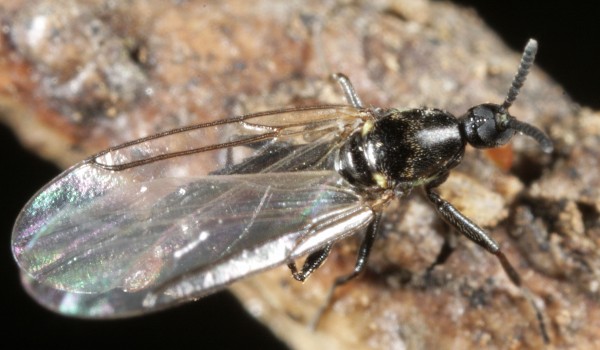
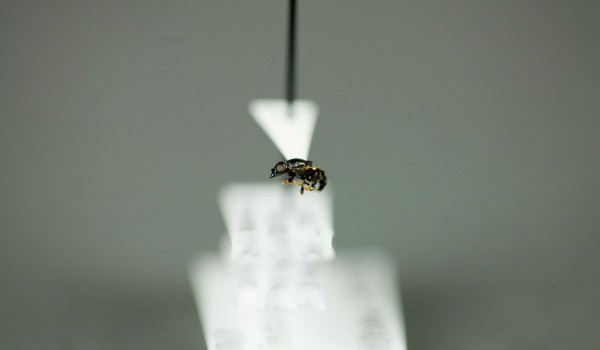
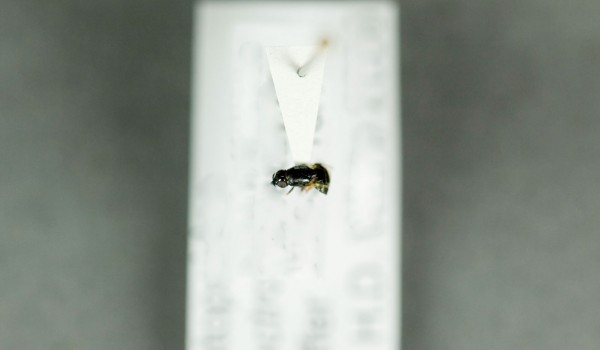
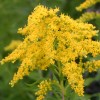 Canada Goldenrod
Canada Goldenrod 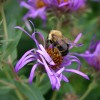 Lindley's Aster
Lindley's Aster 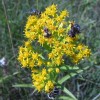 Riddell's Goldenrod
Riddell's Goldenrod 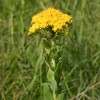 Rigid Goldenrod
Rigid Goldenrod 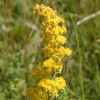 Showy Goldenrod
Showy Goldenrod 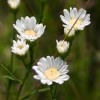 Upland White Goldenrod
Upland White Goldenrod